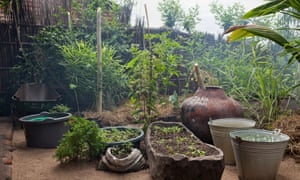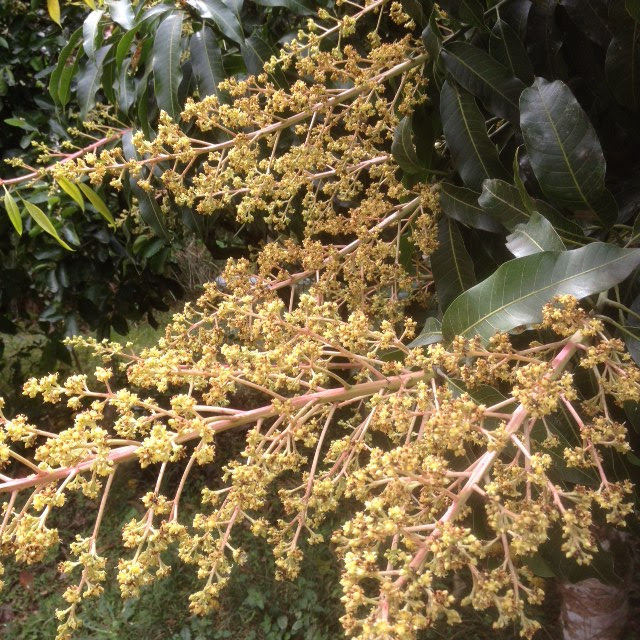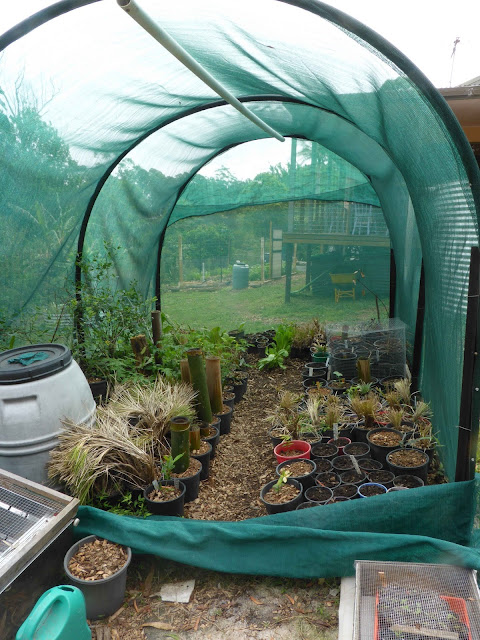Permaculture in Malawi: using food forests to prevent floods and hunger
Read original story
Permaculture projects in Malawi are developing sustainable food
systems. It is time the development sector took this ‘marginal hippy
movement’ seriously


 |
| On the screen: A commercial fig tree farm with low pruned trees |
 |
 |
 |
| Straggling down the main path. |
 |
| Red Pentas and Copper Bush |
 |
| We were lucky to have a large, cool room. |
 |
| Phil's presentation entertained us all. |
 |
| Phil ready to leave with his 'goodies'. |
 |
| Seedsavers gathering on the verandah |
 |
| We always finish or start with food we bring, especially food we have grown. |
 |
 |
Crinum pedunculatum - Wikipedia |
 |
| A white Guava in full flower. |
 |
| Ready to pick |
|
|||||||||||||||
|
 |
| Nick's first vegetable garden is in Zone 1. The drums contain compost tea. |
 |
| Nick's first vegetable garden is in Zone 1 |
 |
| Nick's bamboo grove has building and eating bamboos. |
 |
| Nick has a cotton plant now a 2m woody shrub. |
 |
| These flowers on one of Nick's mangoes belong to an Asian variety |
 |
| Nick's mulberry is heavy with fruit. |
 |
| Nick in front of his garden |
 |
| As usual Seedsavers enjoyed an early afternoon tea |
 |
| Asparagus seedling |
 |
| A pond for edibles is sited near Nick's roof. |
 |
| A native Hop Bush in the front garden. |
 |
| Nick demonstrates his levelling device for creating swales. |
 |
| Nick has new Lotus Plant that will need a larger pond. |
 |
| Growing seedlings in a warm spot. |
 |
| A pile of tree lopping mulch used around vegetables. |
 |
| Is this Celtuce? |
 |
| A raised garden uses water run off from the first catch water filter. |
 |
| The shadehouse |
 |
| Swales make the steep block usable. |
 |
| Another raised garden near the house in Zone 1. |
 |
| Raised bed with annual and perennial vegetables |
 |
| Warrigal Greens |
 |
| This is a homemade first run off filter. |
 |
| Papayas |
 |
| River forest adjacent to Nick's first garden |
 |
| Native Staghorns adorn the trees. |
 |
| So we made a rhubarb slice! |
 |
| Afternoon tea. The closest table holds our sign on register and name labels. |
 |
| Entering Nicks Bamboo grove. |
 |
| Dragonfruit (Pitaya) and Pineapples |